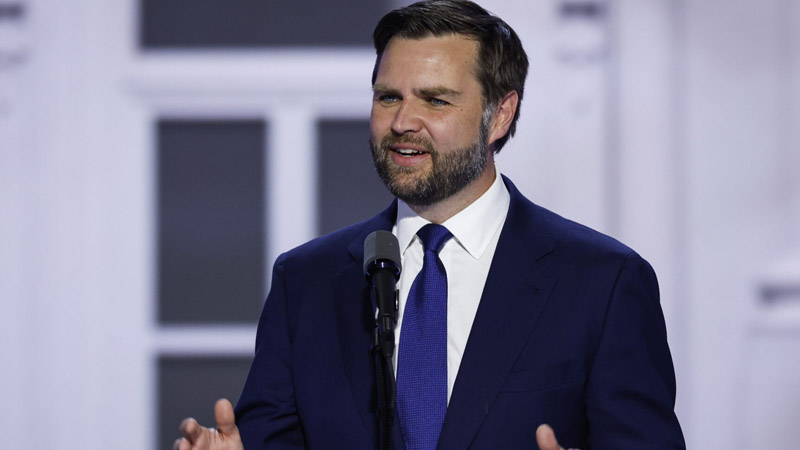Biden will end the Covid national emergency: Reports

Tom Williams/CQ-Roll Call, Inc via Getty Images
President Joe Biden said this week that the Trump Administration’s Covid-19 national and public health emergency declared in March 2020 will cease on May 11.
The Office of Management and Budget published a statement condemning two Republican-sponsored bills aimed at immediately ending the emergency. According to the statement, ending the orders in May will provide the healthcare system and Medicaid recipients with a particular time to “wind down” from the flexibilities provided by the emergency measures.
Furthermore, the end of the emergency would mean the end of border entry limitations known as Title 42, which the Biden administration has been trying to eliminate separately.
The statement did not include the suspension of federal student loan payments and interest, which has been in effect from the start of the crises, but authorities say borrowers should not be concerned.
“Providing debt relief and pausing loan payments can continue after the formal end of the national emergency,” an administration official said in a statement shared with CNBC Make It.
Though some speculate that the expiry of the national emergency declaration may undermine the legal foundation for continuing the payment freeze, the Biden administration retains its authority to continue giving this relief to borrowers.
“Our debt relief plan is needed to prevent defaults and delinquencies as student borrowers transition back to repayment after the end of the payment pause,” the official stated. “The national emergency formally ending does not change that fact. It also does not change the legal justification for the plan.”
Federal student loan payments are expected to start on June 30, depending on whether the Supreme Court rules on Biden’s debt relief scheme. Oral arguments will be heard by the court at the end of this month, with a ruling likely by the end of June.
The White House announced last week that it had approved 16 million applications for student debt forgiveness out of a total of 26 million borrowers who had applied before the courts blocked the relief from being distributed and further applications from being approved until a final decision is reached.
If the court rules against forgiveness, it’s unclear what the administration will do, but it has taken other efforts to assist borrowers, such as changing income-driven repayment schedules and canceling debt for defrauded borrowers.




